The Fashion Industry, as we all know, is very focused on beauty and physical appearance. We see an abundance of stunning men and women waltzing down the runway and gracing our magazines. But the end of the 20th century has shown us a dramatical change: the whole concept of beauty is not what it once was.
Now, beauty is something more mysterious and is more in the eye of the beholder, meaning that one’s concept of beauty can differ from another’s. No longer are there such strict norms as to what type, shape, race, or age a person should be in order to fall under the category of ’beautiful’. Beauty has interestingly found many new meanings. One of those meanings is uniqueness. And that is exactly what we found as we were looking deeper into topic of disabled models, particularly blind models.
The 21st century is marked by a change in the world of fashion. The ideas and images that were once created in our minds about models and modeling changed quite dramatically when new types of models started to arrive. No longer was the idea of a ”model” so limited to one look. We saw a flourishing of a variety of different kinds of looks. Moreover, the more unique and distinct you looked, the more interesting you became.
Modeling as an industry, and as it is generally known, means to illustrate, to present or to show a product, and models as an important part of that industry should portray the real image of people.
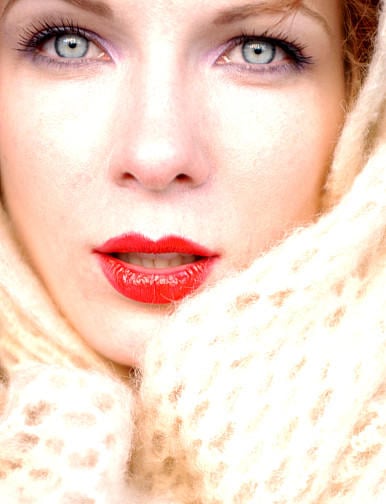
Amanda Swafford, a young, partially blind aspiring model, who tried her luck in America’s Next Top Model, managed to make it to final 11. When Amanda was only 14 years old, she was diagnosed with Retinitis Pigmentosa, a condition that will eventually make her lose her eyesight by the time she turns 30. Her participation and success just proved that a lack in eyesight is easily made up for in many other ways. Since the show she has modeled for Levi’s Jeans, among other brands.
Let’s remind ourselves what modeling actually stands for. According to the Merriam-Webster dictionary the literate meaning of a ”Model” is that of ”one who is employed to display clothes or other merchandise”, while “Modeling” is said to stand for ”displaying by wearing, using, or posing with”. While this is no new news to any of us, why then, keeping the latter in mind, could not someone who is blind be or do just that, a model?
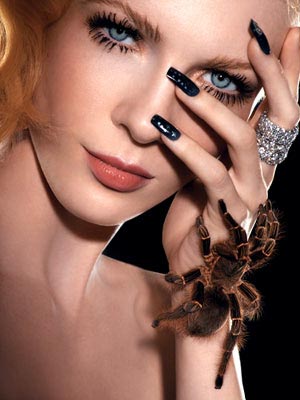
According to an article on The Times of India, there are an estimated number of 15 million blind people in India. For this reason, many blind women have voiced their opinion on the discrimination they have been facing through the years. No doubt this has also raised awareness and has created a group of young women to fight for equal rights in terms of what they can and cannot do.
For the cause, various fashion shows have been organised. One example is the fashion show held in Ahmedabad, Western India, where beautiful, blind models strutted down the catwalk. The organiser of the fashion event explained that the objective was to fight prejudice and break stereotypes of disabled people. One of the young models, 23-year old Ekta is quoted to have said: “I cannot see how I am looking in the new clothes but I am having a good time.”
Another model who participated in the show said, that this opportunity allows them to show how they are ”young, beautiful and hope to do more shows to gain confidence to fight the darkness of our lives”. And that’s what it’s all about: being able to enjoy what you do. So why should a blind person’s life be any more limited than others?
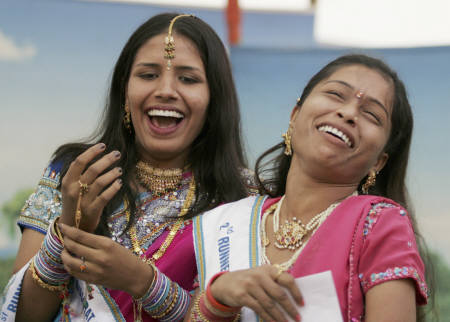
“Blind people are not considered part of the society, they are given boring and menial jobs to isolate them from the glamorous and exciting world”, said Mukta Dagli who works in a local charity for the visually impaired.
Models are and should be a representation of society. A model, while working to sell or promote a product has over time gained a much more influential position among the general public. A model is now adored for more than just the clothes they are showing. They hold strong status among the younger generation especially. A model is no longer just a face or a body but a personality.
So for all the above mentioned reasons, why then could not a young, beautiful, blind woman find herself successful as a model? According to the World Health Organisation, there are an estimated 40 million blind people around the world. It’s fairly clear that blind people are big part of society and for that reason, if not for any other, they should have the opportunity to work in professions that can actually be seen as a representation or portrait of the world we live in.
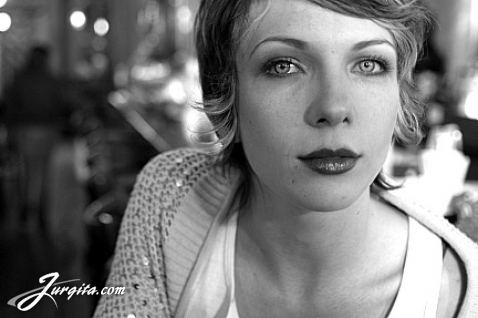
In the UK, Britain’s Missing Top Model, a British reality modeling show which only featured models with disabilities from around the world, was hailed as something special indeed. The show featured aspiring models with different disabilities, from women without limbs, to women who were partially paralyzed or deaf. The series, which aired on BBC, fought and challenged the standards of beauty in the fashion and modeling industry.
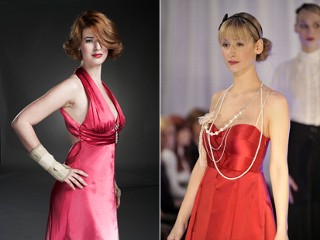
The show featured models such as Jessica Kellgren-Hayes, who is in a wheelchair, Kellie Moody who is deaf, and Kelly Knox, who was born without a left arm and who eventually went on to winning the competition. Kellie Moody, who is the ambassador for Siemens Hearing Instruments has an aim: she wants to fight stigmas against disabled people.
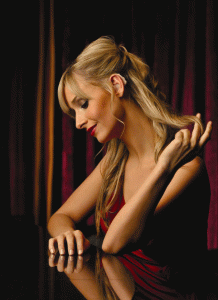
The co-executive producer of Britain’s Missing Top Model, Doug James said that “on one hand the goal of the show is to give the girls taking part a shot in the mainstream industry. On the other, it’s to challenge general perceptions of what is and isn’t beautiful. Why can’t an extremely attractive model in a wheelchair be used to sell the latest Prada outfit?”
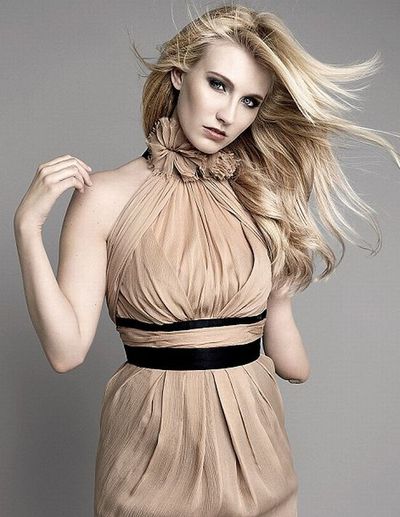
What we noticed was that what sets these beauties apart and what actually makes them beautiful, is their inner beauty and grace, which shines through and creates their outer beauty. These beautiful ladies are setting an example that even if a person is disabled, it does not mean that their opportunities in life should be limited to the disadvantages of their handicap. We would like to see more “real” women gracing our catwalks and magazines, for these women are as real a representation of society and reality as anyone else.
If you are model with a disability, or if you’re aspiring to become a model but are hesitant due to your disability, and would like to share your experiences with us, write to us about it. Hopefully it encourages others who are in a similar situation to hold on to their dream and make that dream a reality.

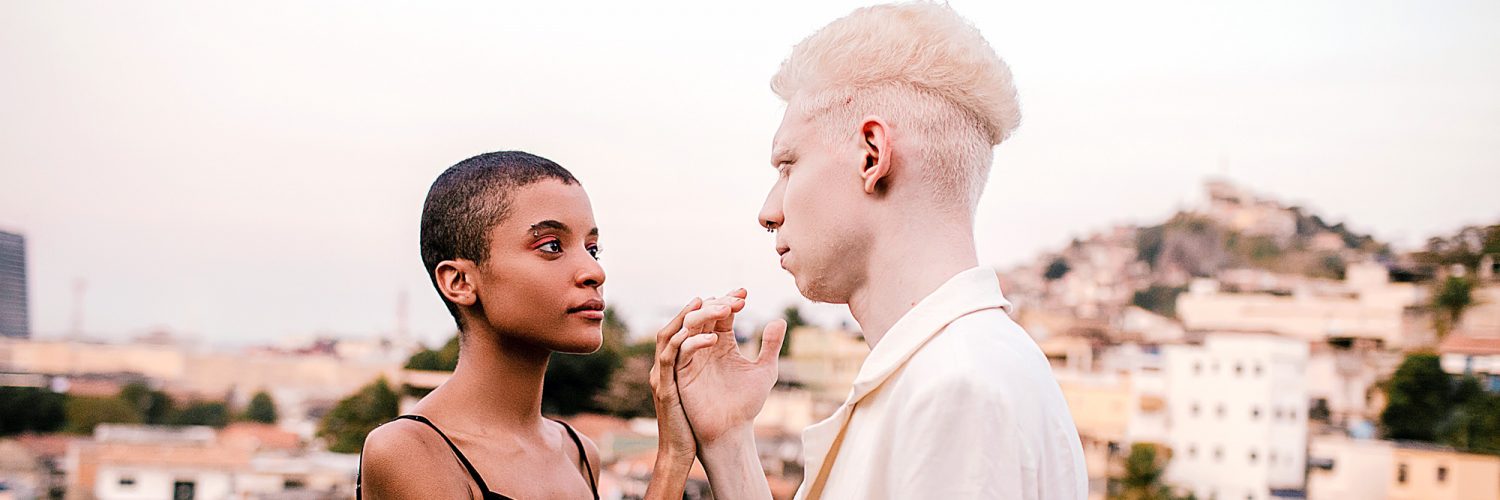

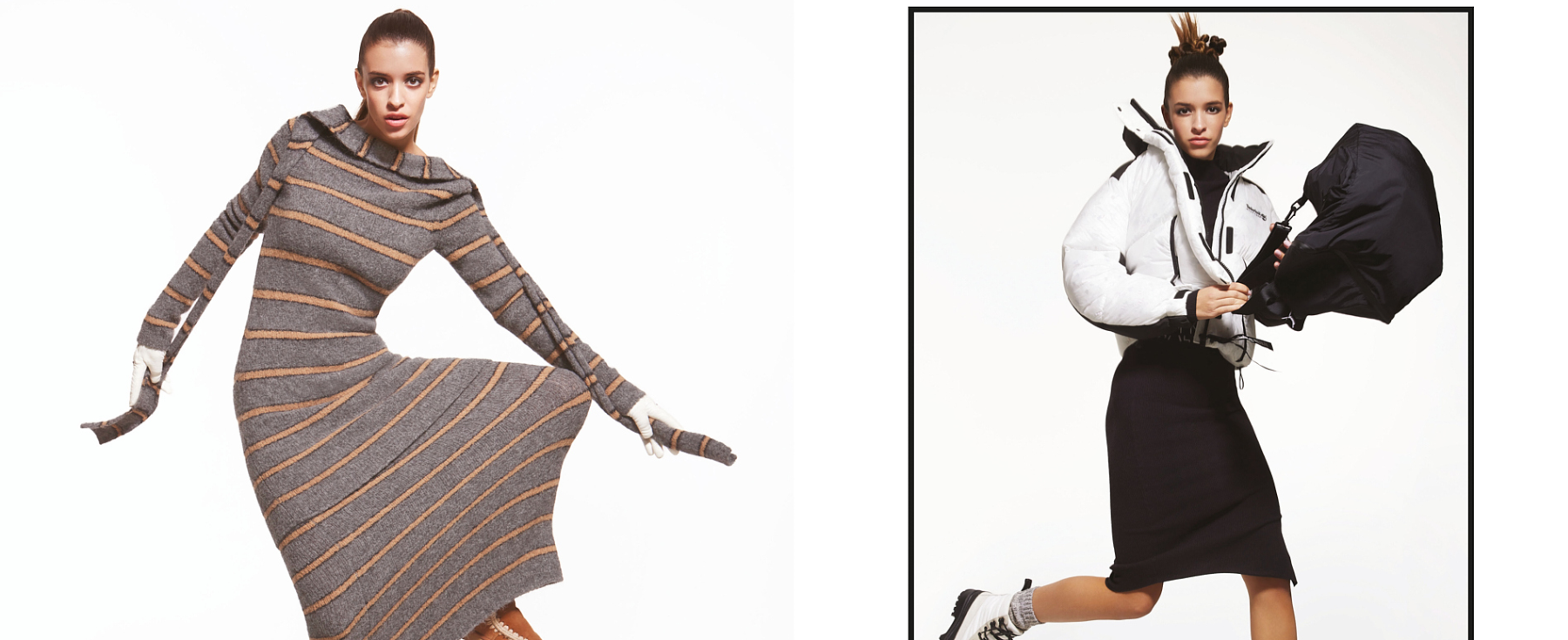
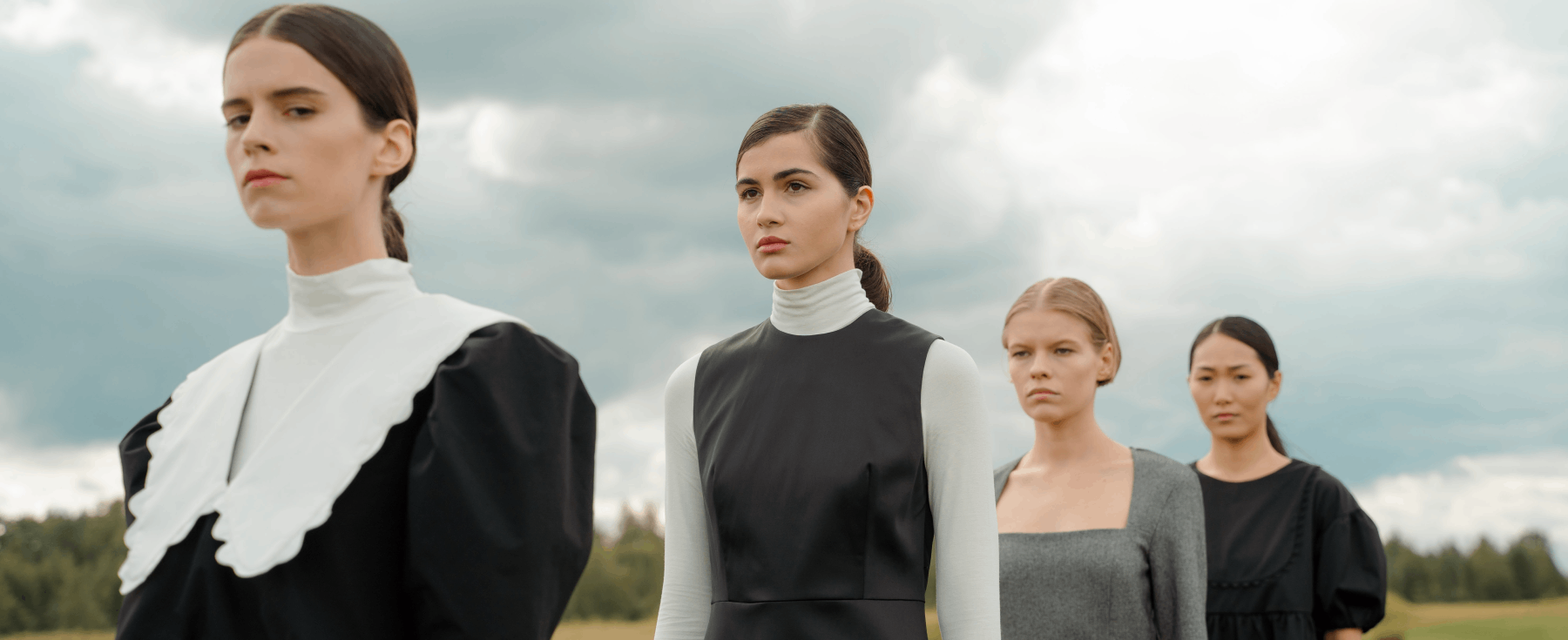

Add comment